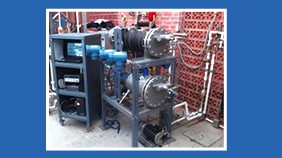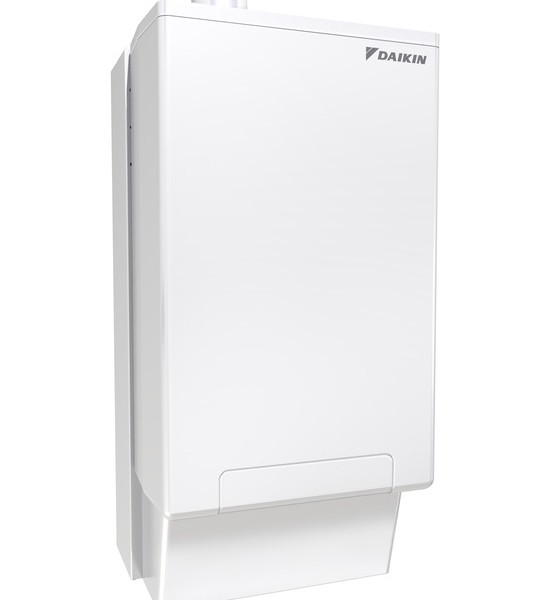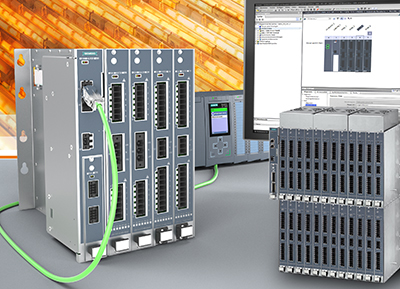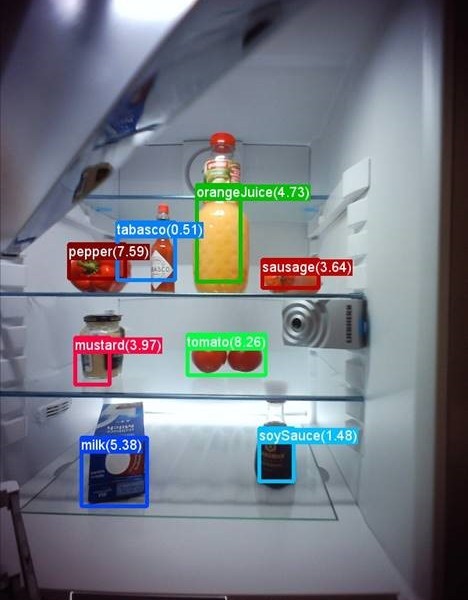Cooling homes using ammonia
USA – Researchers at the National Autonomous University of Mexico (UNAM) have developed a solar energy system that harnesses the natural refrigerant ammonia for domestic applications like cooling homes and fridges. Although the project is currently in the “prototype optimisation” phase, the team plans to commercialise the units in the medium term.
The system – developed by a team of six researchers and led by Dr. Wilfrido Rivera Gómez Franco at UNAM’s Renewable Energies Institute (IER) – includes solar panels that help to reach temperatures close to 110°C and an absorption cooling unit that achieves temperatures of around 0°C.
Conventional domestic cooling systems, like those found in fridges and air conditioning units, normally use a compressor connected to the power grid. Dr Rivera Gómez’s system, however, eschews this – instead relying solely on solar energy and using ammonia as the refrigerant.
The system operates on a lithium nitrate and ammonia mixture. Absorption systems normally work with ammonia water (ammonium hydroxide) or water-lithium bromide. Lithium nitrate is more expensive than water and its conductivity is lower.
“However, we chose it for two main reasons: first, the ammonia refrigerant’s properties are very favourable; and second, because the system doesn’t require rectifiers since the lithium nitrate doesn’t evaporate,” Rivera Gómez stated.
Mr Gomez continued, saying “Also, the mixture allows us to reach lower temperatures for the desorption process than with ammonia water. Another advantage of using ammonia is that we can easily redesign the system for different applications including air conditioning, refrigeration and ice production.”
In the project’s present configuration, a 60m2 solar array is producing enough energy to cool or heat an 80m2room. The prototype can be easily scaled up for use in offices or groups of 3-4 houses.
“At the moment, we are looking at low capacities (three tonnes of refrigerant) but we could increase it to between five and eight tonnes” added Mr Gomez.
Another interesting feature of the system is that it is not restricted to solar power. It can operate with any other source of energy, including industrial waste heat. “This is certainly an attractive solution for investors, because if they already have the energy available, they wouldn’t need to invest in a solar array for instance and, therefore, costs would be reduced significantly”.
The prototype is now being tested in a technology institute situated in northern Mexico. The main features of this area are the high levels of insolation – solar radiation that reaches the earth’s surface, measured by the amount of solar energy received per square metre per hour – and the low number of rainy days per year.
If testing proves to be as successful as he hopes, Gómez plans to mass-produce the system and put it on the market. In northern Mexico or in coastal cities, the bimonthly cost of air conditioning typically ranges from 5,000 to 10,000 pesos. The UNAM system would slash that cost substantially, as it does not need compressors and only requires enough conventionally generated electricity to power small pumps that move hot water and the ammonia/lithium nitrate solution through the system.
Rivera Gómez readily admits that his system is more expensive than conventional alternatives. Nevertheless, he believes that should his system be mass-produced, consumers could expect to recover their investment within four to seven years as currently the Coefficient of Performance (COP) of the prototype is between 0.5 and 0.7.
Interest in natural refrigerant alternatives to HFC technologies is growing among industry, policymakers and end users alike. In Mexico, the government has shown a broad commitment to combating climate change by promoting energy efficient and clean technologies.
The IER project received funding from Mexico’s Secretariat of Energy as well as the National Council for Science and Technology and the private company Módulo Solar, a national leader in the production of solar thermal collectors and systems.














